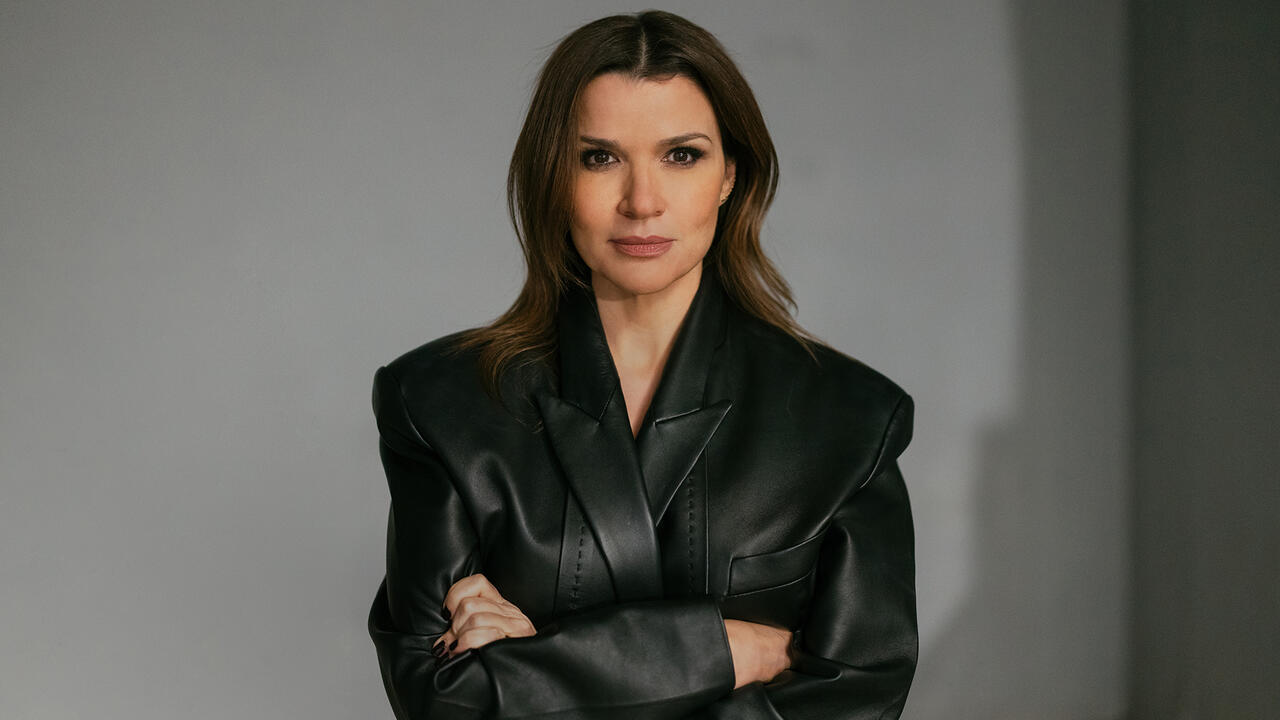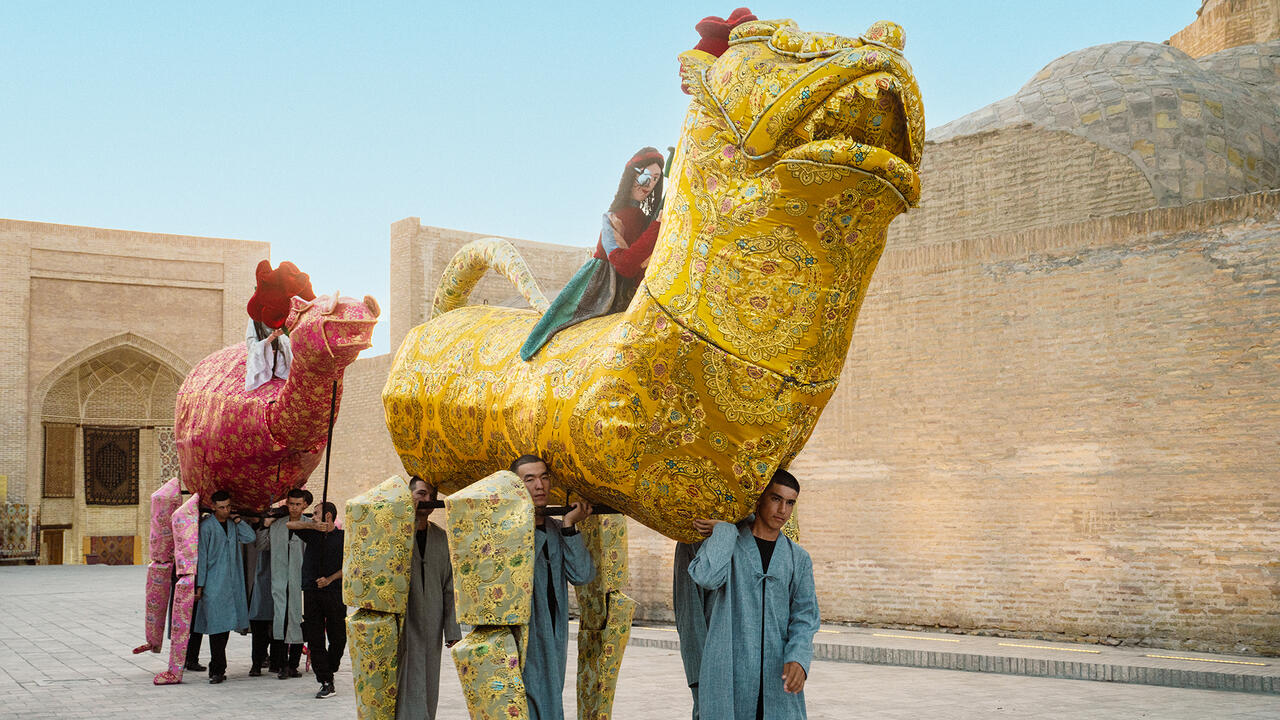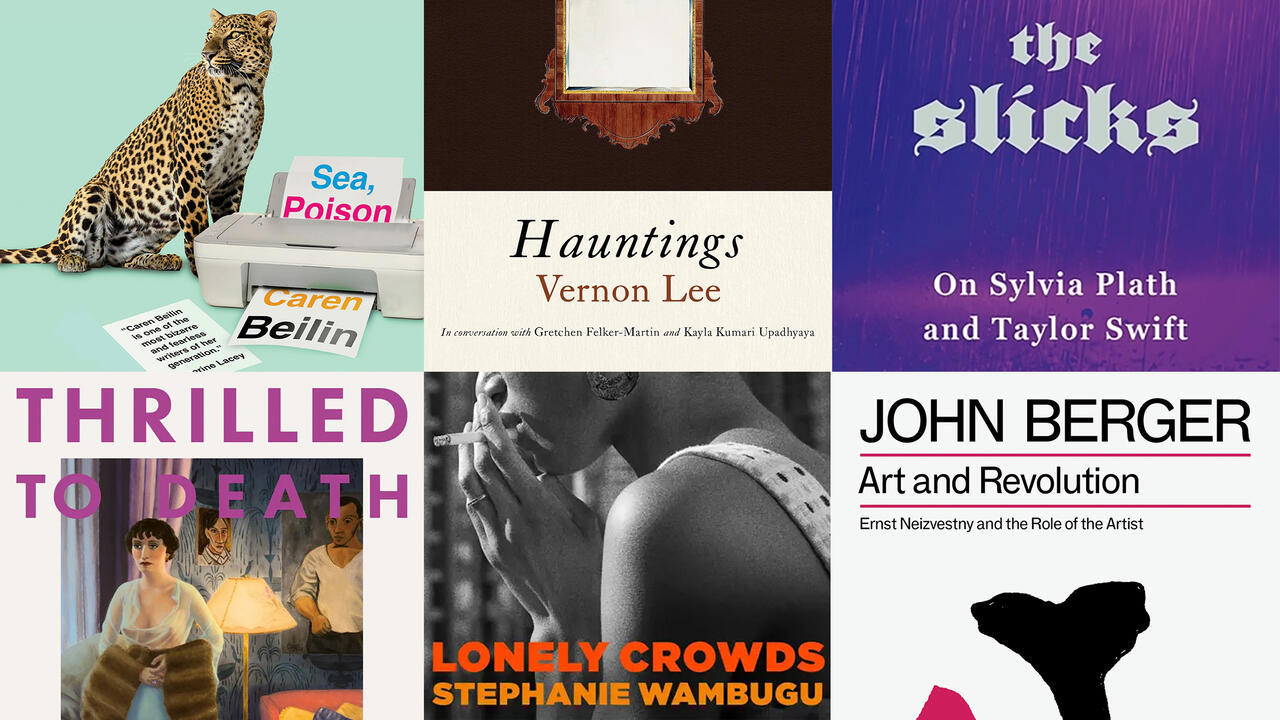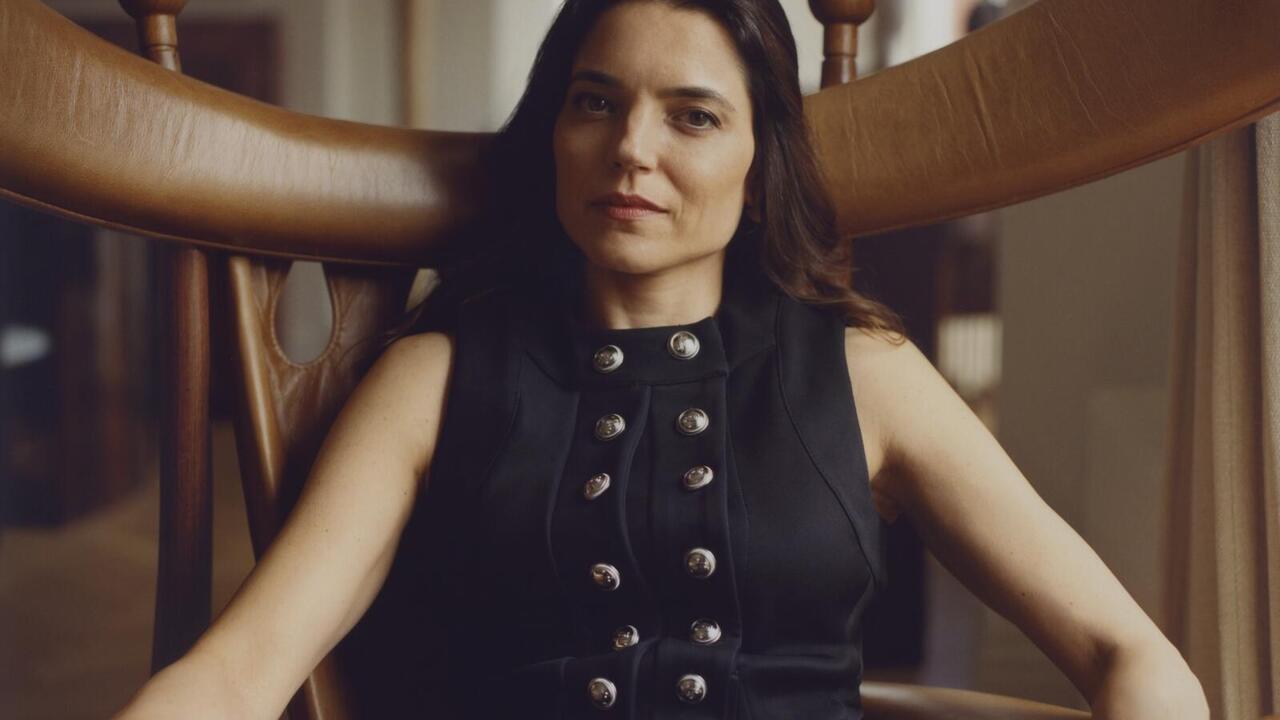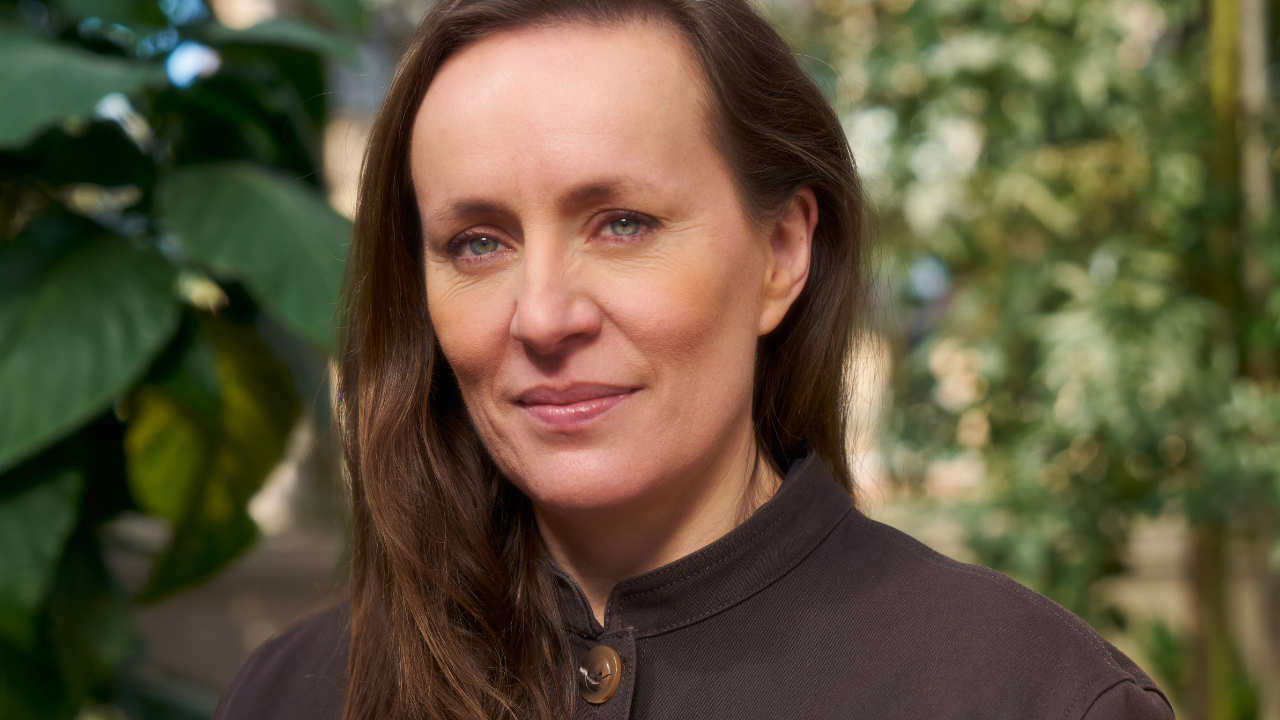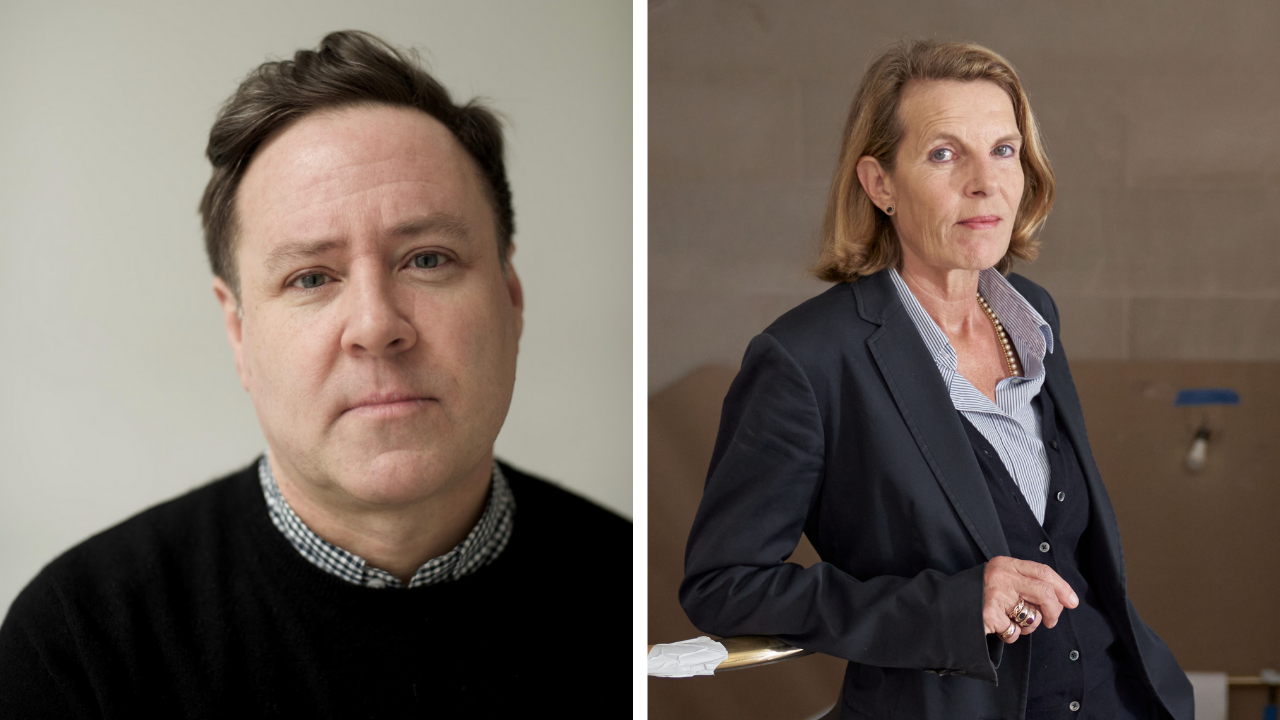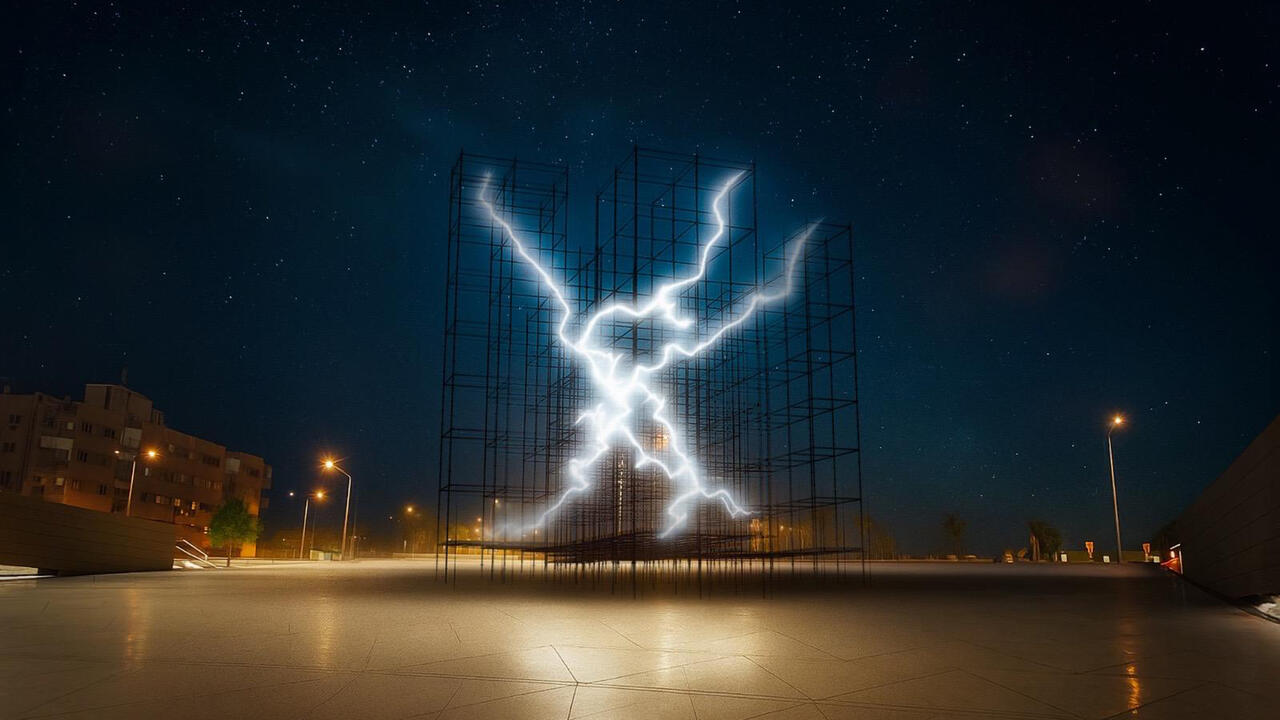Lawrence Abu Hamdan on Turning Experience into Testimony
In his current exhibition at the Kunstverein Nürnberg, the artist continues his career-long negotiation of the gulf between what we say and how we are heard
In his current exhibition at the Kunstverein Nürnberg, the artist continues his career-long negotiation of the gulf between what we say and how we are heard

Chloe Stead: Your current exhibition, ‘The Witness-Machine Complex’, looks at the simultaneous interpretation process used during the Nuremberg Trials (1945–46), which took place after World War II. What drew you to this aspect of the proceedings?
Lawrence Abu Hamdan: Around 2009, I read an essay called ‘Breaks in Language at the Nuremberg Trials’ (2003) by the legal and media theorist Cornelia Vismann. As soon as I got invited to do a show at the Kunstverein, I immediately thought of the Nuremberg Trials and how they became, following Vismann’s arguments, a precedent for thinking about justice itself as a process of translation. The trial was unprecedented in that it was the first-ever event to use simultaneous translation, moving between four languages: English, French, German and Russian. But when you watch footage of the trial, there is very little record of this process. You never hear or see the interpreters in the act of translation. The only visual clues to their presence were three sets of red and yellow lights: one embedded into the judge’s bench, one into the witness stand and another at the prosecutor’s podium. The interpreters used these lights to communicate when they needed those testifying to talk more slowly or to repeat themselves. Yet these interruptions have been erased from the transcripts, which read like a seamless flow from voice to voice. I was very interested in the fact that – because the interpretation process was essentially invisible – all the glitches in the system were encapsulated in the performance of these lights.

CS: How did this interest play out in your installation?
LAH: The installation is essentially the history of the trial told through these interruptions. It comprises seven custom-made steel boxes, each of which has red and yellow lights that switch on and off exactly as they did in the trial. I’ve taken away the filmed footage, so all that remains is just the audio and the lights, distilling the effect these illuminating – and historically significant – interruptions had on the voices of those testifying. It’s an incredibly simple work. You get it after you’ve been in the room for five seconds.
CS: What did you learn about the trial from the interruptions you singled out?
LAH: There’s quite a remarkable difference in how the witnesses relate to the lights. In her essay, Vismann remarks on how several of the Nazi officers were really alarmed by them. They didn’t mind being interrupted by the judge, because that made sense within the bureaucracy and the power structures that they were used to, but the idea that a mere interpreter could disrupt their testimony was unacceptable. This willingness to ignore the lights can be seen in the exhibition in the testimony of the Nazi official Walther Funk. And then you have people like Marie-Claude Vaillant-Couturier, a photojournalist and member of the French Resistance, who was the perfect witness. At one point she is instructed by the judge to slow down, and she repeats the exact same lines, but in this incredibly slow staccato rhythm where everything is broken down. As a result, there’s total dissonance between the awful experiences that she’s conveying and the manner of her speech. She’s performing exactly the task that is demanded of the witness-machine complex. It’s never enough just to have seen something: all this apparatus that the procedure puts in front of you has to be negotiated in order to translate that experience into testimony.

CS: Erinnerungskultur or ‘Culture of Remembrance’ is still a big part of German society. Yet fierce debates persist about how the Holocaust should be remembered or memorialized. What kinds of reaction have you had to the work so far? Was there any pushback from visitors to having a non-German artist dig into their history?
LAH: I went into this project thinking that everything there was to say about the Nuremberg Trials must surely have been said already, but I quickly realized how wrong I was. When you see how the trials are presented in the Nuremberg Trials Memorial – with almost no original artefacts and just a display of text on light boxes describing what occurred – it’s clear that no attempt has been made to evoke any proximity to the events. You are in the place where these trials actually happened, yet you may as well be looking at a website. What’s more, the courtroom itself, Room 600, has been totally transformed: the spotlights used in the trial have been replaced by crystal chandeliers and the translators’ windows are closed up on one side; in their place sits a huge crucifix. Such details show an effort to delink the trial from history. Where this museum sought to produce distance, I sought to reconnect with the sonic substance of the trial. I was trying to hear these witnesses of the Holocaust not only in relation to what they said but what it took for them to become witnesses. The lights symbolize the kind of obstacles that need to be traversed in order to translate an experience into a testimony. In many ways, my whole practice has been about negotiating this gulf between what we say and how we are heard.

What was so important about making this work in the city of Nuremberg was that staging this show would mean the Kunstverein would have to deal with its own history – which is ultimately what happened. The chair of the board inaugurated the exhibition by apologizing, for the first time in the history of the institution, for the expulsion of its Jewish members during the 1930s. When I started this project, I didn’t expect it would cause this kind of reckoning, but I’m very glad that was the outcome.
Lawrence Abu Hamdan’s ‘The Witness-Machine Complex’ is on view at Kunstverein Nürnberg until 14 November.









